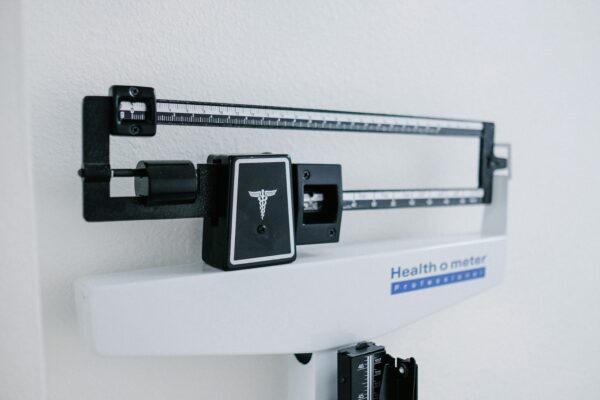February 12, 2024
Compliance Concerns Within Office Procedures
- by J. Paul Spencer, Senior Compliance Consultant
The surgical section of CPT includes all codes within the range of 10021 and 69990, give or take the occasional re-sequenced code, based on anatomical section. While only a fraction of these surgical CPT codes can be performed in an office setting, proper documentation of office-based procedures is important to capture reimbursement in a compliant manner.
Before we begin our journey into this topic, I’d like to begin with a maxim of procedural documentation (of my own making): what is needed in a facility is needed in the office.
By stating that, I mean to say that the components of a procedural note in the facility and the components of a procedural note in the office should have at a bare minimum:
- The position of the patient;
- The type of anesthesia utilized;
- The specific anatomy where the procedure was directed;
- A narrative description of all elements of the procedure(s) performed;
- Unusual circumstances and complications encountered (if any); and
- The patient’s tolerance for the procedure.
While that seems like a lot for an office-based procedure, due to the low level of complexity, the documentation normally fits within the boundaries of a six-line paragraph.
Components of a Surgical CPT Code
As important as basic documentation is for office procedures, there remain compliance concerns when performing the components of a surgical CPT code:
Anatomy and Laterality: Sometimes the simplest item is the one not indicated in the note, that being what part of the body had a procedure performed upon it, and which side of the body did it involve. I recently came across a procedure note for the removal of a toenail that was flawless, save for the fact that the exact toenail removed was not identified in the procedure note.
The same goes for large joint injections and identifying whether the left or right side has been treated. In cases of laterality, it is also important to make certain that the ICD-10 code selected for the procedure matches the side of the body treated.
E/M services on the same date as an office procedure: There are a few things to keep in mind when reporting both an E/M service and a procedure on the same date of service:
- The intent of the visit: If the patient has already been assessed during a previous encounter, and is now presenting for a procedure, any assessment of the patient is included in the allowance for the procedure. In these cases, only the billing of the procedure is warranted.
- “Significant, separately identifiable”: These three words are the key to billing E/M services with a 25 modifier. If the E/M portion of the encounter is for a “significant” condition that is not being addressed by the procedure performed, a “separately” reportable E/M service is permissible.
Injectable Drugs: For physician-supplied injectable drugs, each is billed using a specific HCPCS code. It is important to remember that each HCPCS code varies in the number of units the code represents. If a code for an injectable drug indicates 1 milligram (mg), then 10 mg of that drug equals 10 units billed. However, if the code indicates 10 mg and 10 mg is injected, then the number of units billed is 1.
There also exist multiple HCPCS entries for the same drug, each with different milligrams per unit billed. A common example for this is Depo-Medrol, which is a common injectable used to ease inflammation in arthritic joints. This single drug has three codes, each representing a different number of mgs per unit (20 mg, 40 mg, and 80 mg, respectively).
For certain drugs that are injected or infused from a single-dose drug vial, the modifiers JZ and JW are required. The JZ modifier is used with the HCPCS code for the drug if no amount of the drug vial was wasted. Conversely, the JW modifier is billed with the same HCPCS code on a separate billing line if there is an amount of the drug left over. The amount billed on this second line is equal to the number of units of the specific drug left over.
Paying attention to these common risk areas for office-based procedures can help to avoid compliance concerns down the road.
Get Expert Compliance Support From DoctorsManagement
Have questions about your procedure documentation? Reach out to us! Our team will evaluate potential risks in your documentation and help you establish a compliance program designed for resilience.


























